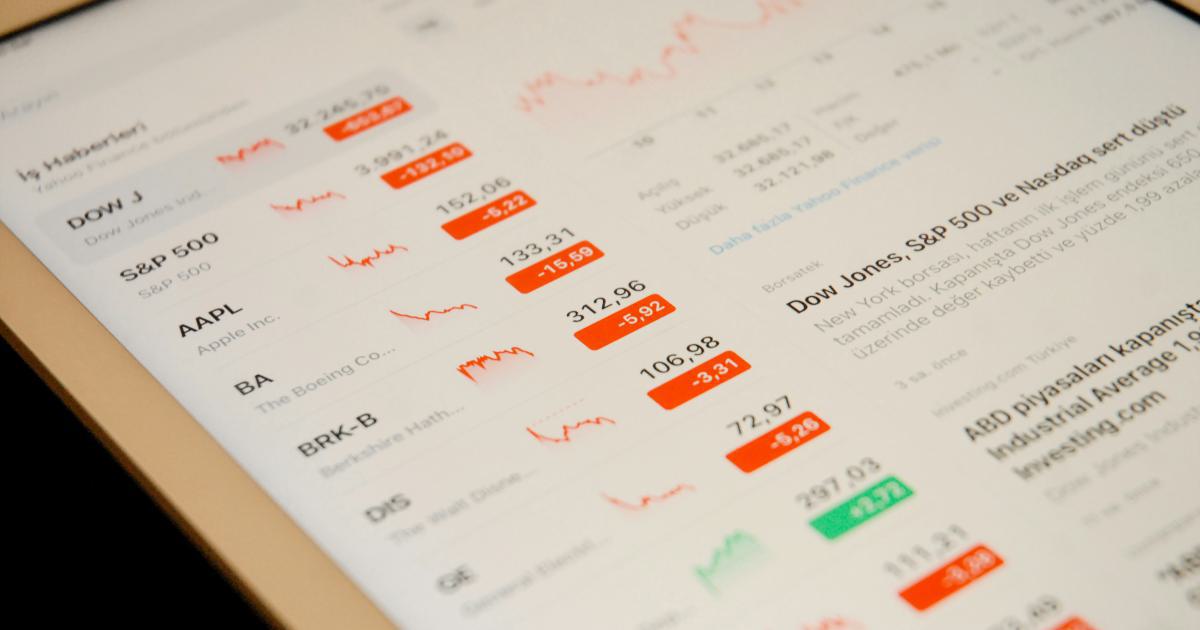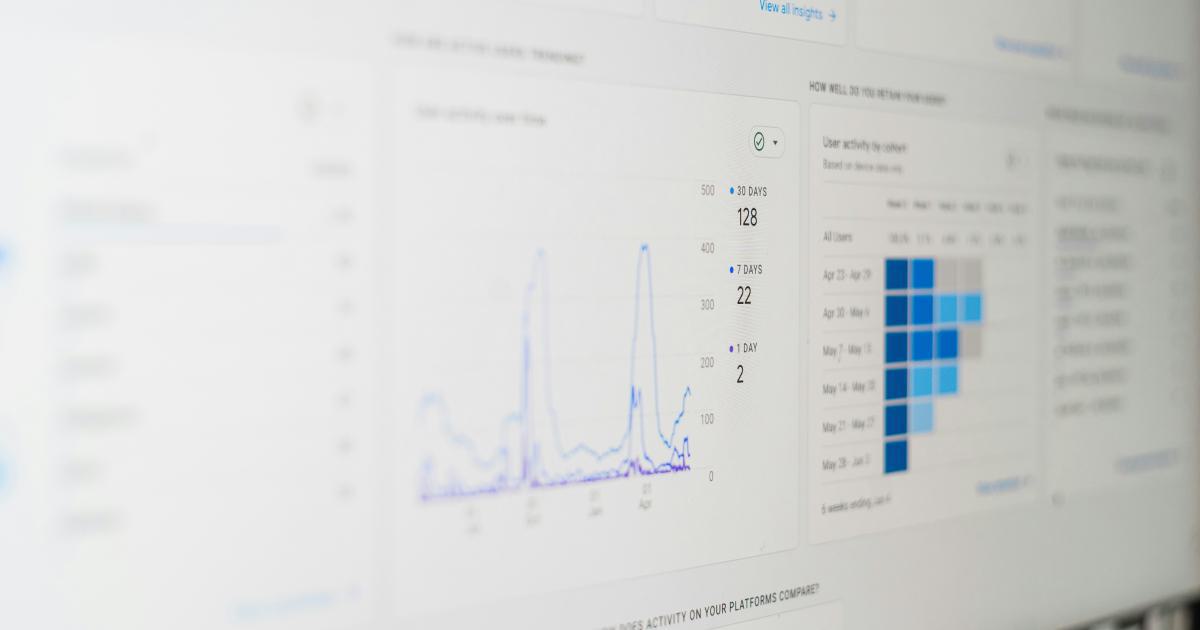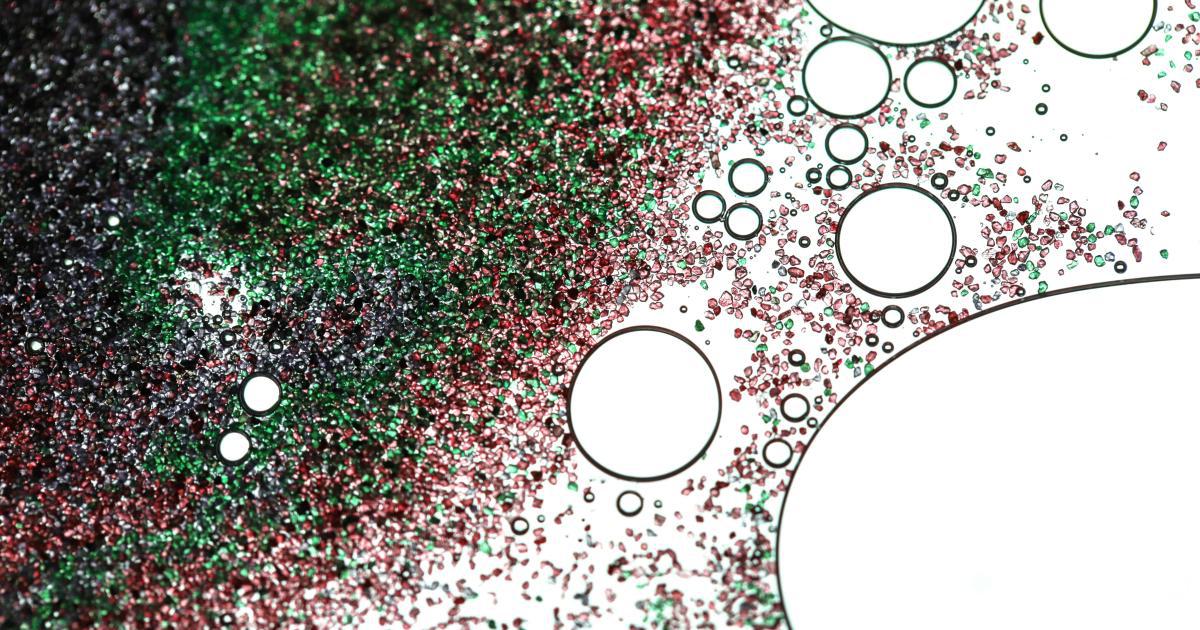Static Images vs. Interactive Visualizations: Finding the Right Balance


In the ever-evolving world of data communication, the age-old debate between static images and interactive visualizations continues to captivate both designers and data enthusiasts alike. As technology progresses, the lines between these two formats have become increasingly blurred, leaving many to wonder: Which approach is more effective, and how can we strike the right balance?
In this comprehensive article, we'll delve deep into the strengths and limitations of static images and interactive visualizations, exploring real-world examples and offering expert insights to help you navigate this complex landscape. Whether you're a data analyst, a content creator, or simply someone interested in effective data communication, this article will provide you with the tools and knowledge to make informed decisions about the right visual format for your needs.
The Power of Static Images

Static images have long been a staple in the world of data communication, offering a range of advantages that have made them a go-to choice for many professionals.
Simplicity and Accessibility
One of the primary benefits of static images is their simplicity and accessibility. Static visualizations are often easier to create, consume, and share than their interactive counterparts. They can be quickly embedded in documents, presentations, and web pages, making them readily available to a wide audience without the need for specialized software or technical expertise.
Clarity and Concision
Static images excel at providing a clear and concise representation of data. By distilling complex information into a single, well-designed graphic, static visualizations can effectively communicate key insights and trends, making them particularly useful for quickly conveying important messages or highlighting critical data points.
Analytical Depth
While interactive visualizations may offer more flexibility and exploration, static images can sometimes delve deeper into the analytical depth of a dataset. By carefully curating the display of information, designers can ensure that the most critical insights and patterns are brought to the forefront, leaving little room for misinterpretation.
Reliability and Consistency
Static images offer a high degree of reliability and consistency, as their appearance and content remain fixed across different platforms and devices. This makes them an ideal choice for use in formal reports, presentations, or other mission-critical materials where the visual integrity of the data must be preserved.
The Rise of Interactive Visualizations

As technology has advanced, interactive visualizations have emerged as a powerful alternative to traditional static images, offering a range of unique benefits and capabilities.
Exploratory Analysis
One of the primary advantages of interactive visualizations is their ability to facilitate exploratory analysis. By allowing users to manipulate and interact with the data, these dynamic tools enable deeper insights and a more personalized understanding of the information being presented.
Increased Engagement
Interactive visualizations have a natural tendency to captivate and engage users, as they can actively explore and discover insights, rather than passively consuming a static image. This increased engagement can lead to better comprehension, retention, and overall audience investment in the data being presented.
Responsive Adaptability
Interactive visualizations are often designed to be responsive and adaptable, adjusting their layout and functionality based on the user's device or screen size. This flexibility ensures that the data remains accessible and easy to navigate, regardless of the viewer's platform or device.
Dynamic Data Updates
One of the key advantages of interactive visualizations is their ability to display dynamic, real-time data updates. By leveraging web-based technologies, these tools can seamlessly integrate with data sources and automatically update the visualization as new information becomes available.
Sophisticated Analytical Capabilities
Modern interactive visualizations often incorporate advanced analytical capabilities, such as trend analysis, predictive modeling, and scenario planning. These features allow users to delve deeper into the data, uncover hidden patterns, and make more informed decisions based on the insights they discover.
Finding the Right Balance

As with many aspects of data communication, the choice between static images and interactive visualizations is not a simple one-size-fits-all solution. The right approach often depends on the specific needs, goals, and audience of the project.
Considering the Audience
One of the critical factors in determining the appropriate visual format is the target audience. Static images may be more suitable for audiences who require quick, easy-to-digest information, such as executives or time-pressed decision-makers. Interactive visualizations, on the other hand, may be better suited for audiences who have the time and technical proficiency to explore and uncover insights for themselves, such as data analysts or researchers.
Prioritizing the Message
The nature of the message or insights being communicated can also play a significant role in the choice between static and interactive visualizations. If the goal is to convey a clear, concise set of key takeaways, a well-designed static image may be the most effective solution. However, if the aim is to enable deeper exploration and discovery of complex data relationships, an interactive visualization may be the better choice.
Considering Technical Constraints
The technical constraints of the project, such as available resources, development timelines, and end-user device compatibility, can also influence the decision between static and interactive visualizations. Static images may be the more practical option in situations where technical expertise or development resources are limited, or when the target audience is less likely to have the necessary software or hardware to engage with an interactive tool.
Striking a Balance
In many cases, the ideal solution may involve a combination of static and interactive visualizations, each serving a specific purpose within the broader data communication strategy. For example, a report or presentation could lead with a static image to convey the key insights, followed by an interactive visualization that allows viewers to explore the data in more depth.
Best Practices for Effective Visualization

Regardless of whether you choose to use static images or interactive visualizations, there are several best practices to keep in mind to ensure effective data communication.
Clear and Concise Design
Regardless of the format, your visualizations should be designed with clarity and concision in mind. This means prioritizing the most important information, using intuitive visual elements, and minimizing clutter or extraneous details.
Consistent Branding and Styling
Maintaining a consistent visual style and branding across your data visualizations can help to reinforce your organization's identity and create a cohesive, professional appearance.
Accessibility Considerations
Ensuring that your visualizations are accessible to all users, regardless of their abilities or disabilities, is crucial for inclusive data communication. This may involve features like alt text, color contrast, and keyboard navigation.
Contextual Explanations
Providing clear contextual explanations, either through annotations, captions, or accompanying text, can help viewers better understand the significance and implications of the data being presented.
Iterative Testing and Refinement
Regularly testing your visualizations with target users and iterating based on their feedback can help to ensure that your final product is optimized for usability and effectiveness.
The Future of Data Visualization

As technology continues to advance, the landscape of data visualization is poised to evolve in exciting and innovative ways. Some of the emerging trends and future directions in this field include:
Immersive Experiences
The rise of virtual and augmented reality technologies is opening up new possibilities for data visualization, allowing users to experience and interact with data in more immersive and engaging ways.
Artificial Intelligence and Machine Learning
The integration of AI and machine learning algorithms into data visualization tools is enabling more intelligent, automated, and predictive insights, expanding the analytical capabilities of these tools.
Interactive Storytelling
The blending of interactive visualizations with narrative elements is creating more compelling and engaging data-driven stories, helping to bridge the gap between data analysis and effective communication.
Democratization of Data Visualization
As data visualization tools become more user-friendly and accessible, the ability to create and share impactful visualizations is being democratized, empowering a wider range of individuals and organizations to leverage the power of data.
Sustainable and Ethical Practices
With growing concerns about the environmental impact and potential biases inherent in data visualization, there is an increasing focus on developing more sustainable and ethically responsible practices in this field.
Conclusion
In the ever-evolving landscape of data communication, the choice between static images and interactive visualizations is not a simple one. Each format offers its own unique strengths and capabilities, and the right approach often depends on the specific needs, goals, and audience of the project.
By understanding the pros and cons of each format, and applying best practices for effective data visualization, you can strike the right balance and create engaging, informative, and impactful data communications that resonate with your audience.
As we look to the future, the continued advancements in technology, AI, and data visualization practices will undoubtedly open up new and exciting possibilities for how we communicate and make sense of the vast amounts of information at our fingertips. By staying informed and adaptable, you can ensure that your data visualization efforts remain relevant, effective, and responsive to the evolving needs of your audience.